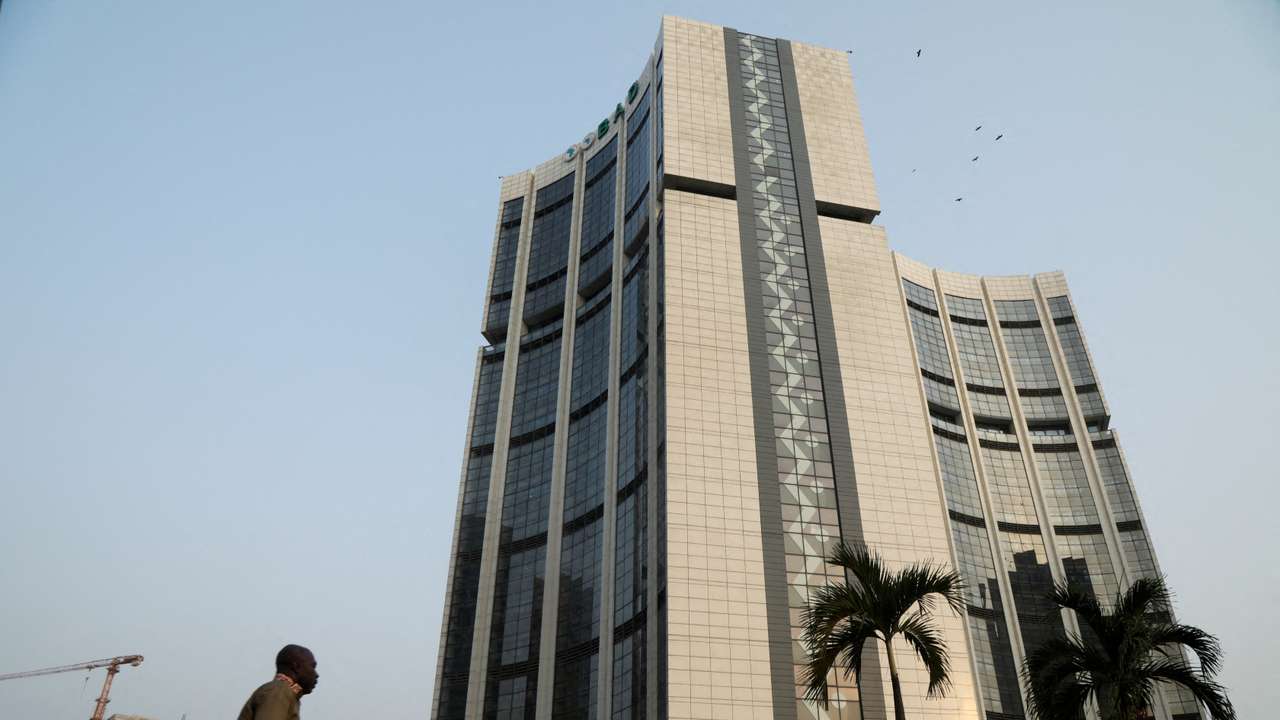Natural resource-backed loans in Africa ‘asymmetrical’, 'non-transparent,' AfDB president says

The president of the African Development Bank (AfDB), Akinwumi Adesina, has intensified his critique of resource-backed loans for African nations, labelling them as "asymmetrical" and "non-transparent."
His comments coincide with issues highlighted by the International Monetary Fund (IMF) as regards the current struggle of many African countries with a "credit crunch," as they face escalating existing debt obligations fueled by rising interest rates, Semafor reports.
Addressing delegates at the summit, Adesina emphasized the detrimental effects of loans where countries pledge access to their natural resources, such as oil, in exchange for financial assistance. He argued that such agreements undermine the principles of transparency and equality within the global banking system.
“I think it's time for us to have debt transparency accountability and make sure that this whole thing of these opaque natural resource-backed loans actually ends because it complicates the debt issue and the debt resolution issue," Adesina said.
While resource-backed loans may seem like a lifeline for African nations with limited access to credit and capital, critics like Adesina caution against the potential pitfalls. Without stringent regulatory oversight, these loans could impose unfavourable terms, severely hampering a country's future revenues and access to credit.
"It may make sense if you actually use that money for the right things, but in most cases, there are no policy conditionalities," Adesina remarked, stressing the importance of responsible utilization of borrowed funds.
According to the Natural Resources Governance Institute, as of 2020, African countries had accrued up to $66 billion in resource-backed loans, primarily from Chinese and Russian state-owned institutions, as well as private entities like mining giant Glencore. Notably, the majority of these loans originated from the China Development Bank (CDB) and the China Exim Bank.
“The researchers identified 52 RBLs, 30 of which were taken by countries in sub-Saharan Africa and 22 in Latin America. They are distributed across 14 countries in the two regions. Thirty-eight were lent by Chinese policy banks; seven are from commodity traders; four are from other Chinese state-owned enterprises; one is from Korea Exim; one is from Nigeria; and one is from Russia's Rosneft. Forty-three of the loans are backed by oil, six by various minerals, two by cocoa, and one by tobacco. The total loan amount represented in the dataset is $164 billion, of which $66 billion went to Africa and $98 billion to Latin America,” the report read.